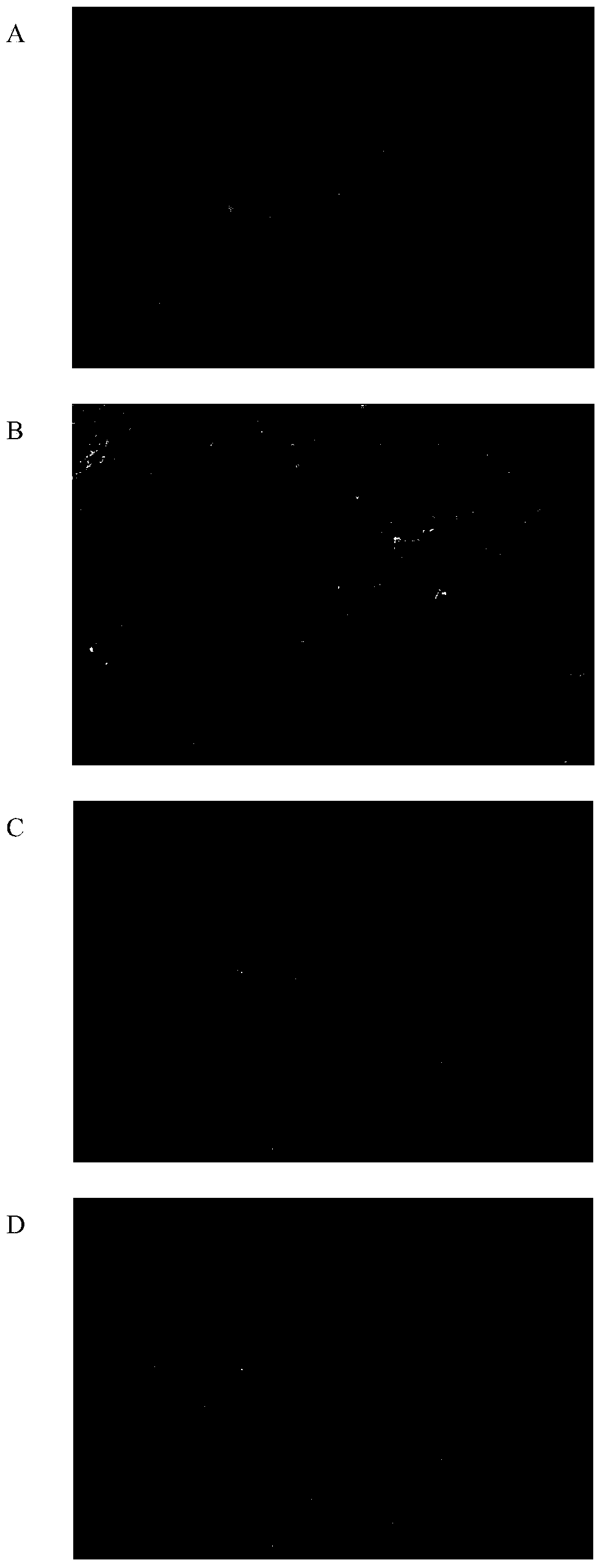Method for remediating heavy metal contaminated soil in situ
A technology of polluted soil and in-situ remediation, applied in the field of land engineering, to achieve the effect of simple and easy process, remarkable stabilization effect and low cost
- Summary
- Abstract
- Description
- Claims
- Application Information
AI Technical Summary
Problems solved by technology
Method used
Image
Examples
Embodiment 1
[0025] Example 1 Method for in situ remediation of heavy metal polluted soil
[0026] In December 2013, a test was carried out on farmland polluted by heavy metals from the lead-zinc mine in Xiasi Village, Xinpo Town, Longhua District, Haikou City, Hainan Province. The soil pollution status of the restored farmland in this test is shown in Table 1. Comparing with the soil environmental quality standard GB15618-1995, the test soil A area in this test is the second-class soil; B area and C area are the third-class soil.
[0027] Table 1 Types of soils for testing
[0028] Test plot number
Test soil pollution type and degree
Cd
Pb
pH value
Area A
Natural farmland soil (no pollution)
0.45
38.76
5.8
Area B
Low concentration (Cd, Pb polluted farmland)
2.59
206.42
6.1
Area C
High concentration (Cd, Pb polluted farmland)
19.61
804.69
6.0
[0029] The method provided in this embodiment...
Embodiment 2
[0036] Example 2 Method for in-situ remediation of heavy metal-contaminated soil
[0037] In this experiment, the heavy metal low-concentration soil B was applied, and the amount of stabilizer used was 1.5%. Setting A was natural pollution-free farmland soil treatment, B0 was low-concentration polluted soil (without adding stabilizer), and B1 was low-concentration polluted soil (applied 1.5% stabilizer, rotary tillage 2 times) treatment, B2 low-concentration contaminated soil (1.5% stabilizer, 3 times rotary tillage) treatment and so on set up 4 plots in total, see Table 2 for details. At the same time, the experiment was arranged, and the water spinach was planted at the same time, and the water spinach samples were collected at the same time for vegetable sample collection, and the heavy metal detection and analysis of the fresh vegetable samples (edible parts of the water spinach) were carried out in the same batch.
[0038] Table 2 Influence of the times of rotary tillage ...
Embodiment 3
[0042] Example 3 Effect of in-situ remediation of heavy metal-contaminated soil
[0043] In this experiment, the heavy metal low-concentration soil C area was applied, and the amount of stabilizer used was 2.5%. Setting A was natural pollution-free farmland soil treatment, C0 was high-concentration polluted soil (no stabilizer) treatment, C1 low-concentration polluted soil (applied Stabilizer 2.5%, rotary tillage 2 times) treatment, C 2 low concentration contaminated soil (stabilizer 2.5%, rotary tillage 3 times) treatment etc. set up 4 plots in total, see Table 3 for details. At the same time, arrange the test, plant water spinach at the same time, collect water spinach samples for vegetable sample collection, and carry out heavy metal detection and analysis of fresh vegetable samples (edible parts of water spinach) in the same batch.
[0044] Table 3 The effect of rotary tillage times on the stabilization effect of compound polluted soil with high concentration of Pb and Cd ...
PUM
 Login to View More
Login to View More Abstract
Description
Claims
Application Information
 Login to View More
Login to View More - R&D
- Intellectual Property
- Life Sciences
- Materials
- Tech Scout
- Unparalleled Data Quality
- Higher Quality Content
- 60% Fewer Hallucinations
Browse by: Latest US Patents, China's latest patents, Technical Efficacy Thesaurus, Application Domain, Technology Topic, Popular Technical Reports.
© 2025 PatSnap. All rights reserved.Legal|Privacy policy|Modern Slavery Act Transparency Statement|Sitemap|About US| Contact US: help@patsnap.com


